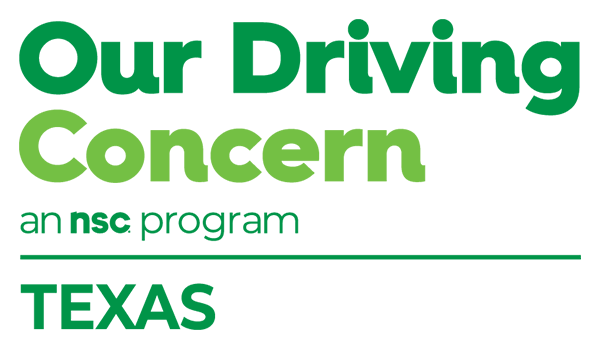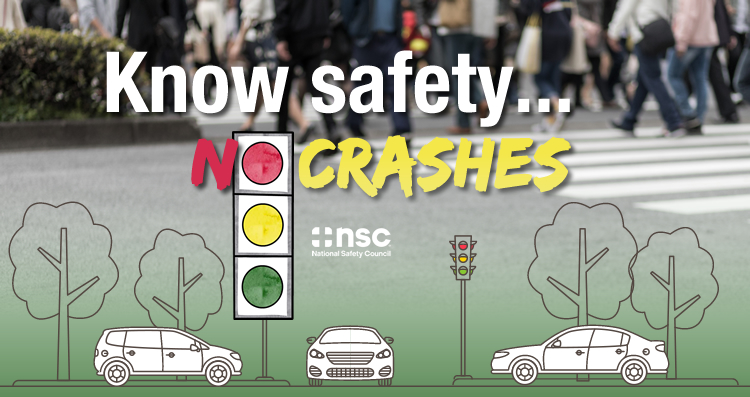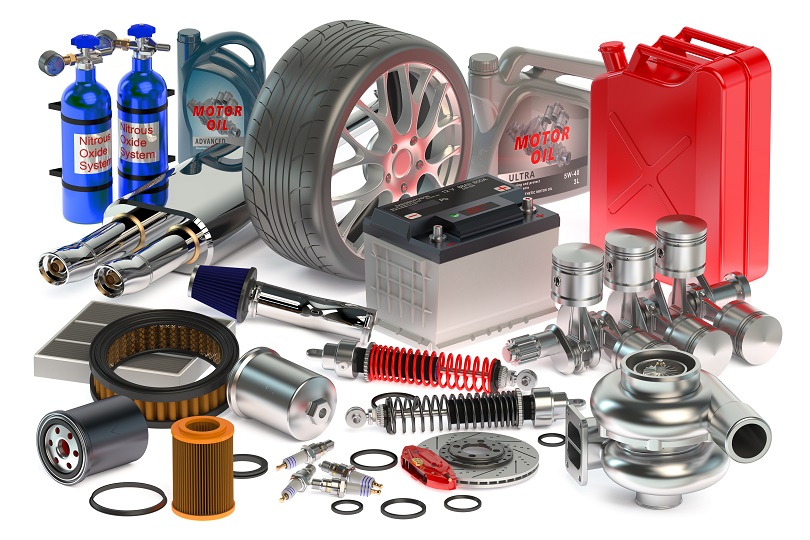Vehicle maintenance is an important part of road safety, and properly maintained vehicles can help save on fuel costs, too, particularly important in these days of soaring gas prices.
Most fleet operators have established maintenance plans and procedures. Most others tend to take vehicle maintenance for granted – until they encounter a problem or end up disabled on the side of the road.
Here are some tips you can share with your employees today to help them be safer tomorrow:
- Follow the vehicle manufacturer’s recommended maintenance schedule
- Don’t just ignore the warning: Find out why the check engine light is on
- Follow the vehicle manufacturer’s recommendation for fuel grade and oil weight
Using a higher grade of fuel is not recommended, nor is it likely to increase fuel economy. Likewise, don’t use 10W-40 motor oil when the manufacturer recommends 10W-30. Studies have shown lower-weight oils perform better in mileage tests.
Pay attention to tires. Check for tread wear and proper inflation. When air pressure is too low, the tire’s sidewalls can flex and heat can build up within the tire. This can affect gas mileage and lead to a blowout. In the U.S., more than 11,000 crashes every year are tire-related, according to the National Highway Traffic Safety Administration. That’s more than 30 crashes every day.
Get free resources to raise awareness and prevent tire incidents. Download and share: TireWise Safety Information Flyer. Watch at your next team safety meeting: Life of a Tire.
Encourage your drivers and your employees to think about driving efficiency. How many stops are they going to make on a delivery route today? Are they following a logical path to reduce mileage, save time and conserve on gas? If possible, take fewer trips. Run multiple errands on the same trip.
Consider your driving style. Do you use cruise control on the highway? No? Well, cruise control can save fuel by preserving a vehicle’s momentum. Slow down. Rapid acceleration and hard-braking consume up to 30% more gas in stop-and-go traffic.
When it comes to vehicle maintenance, the little things we take care of and the practices we adhere to can pay the biggest dividends.
– Mike Ezzell is a program manager with the National Safety Council



